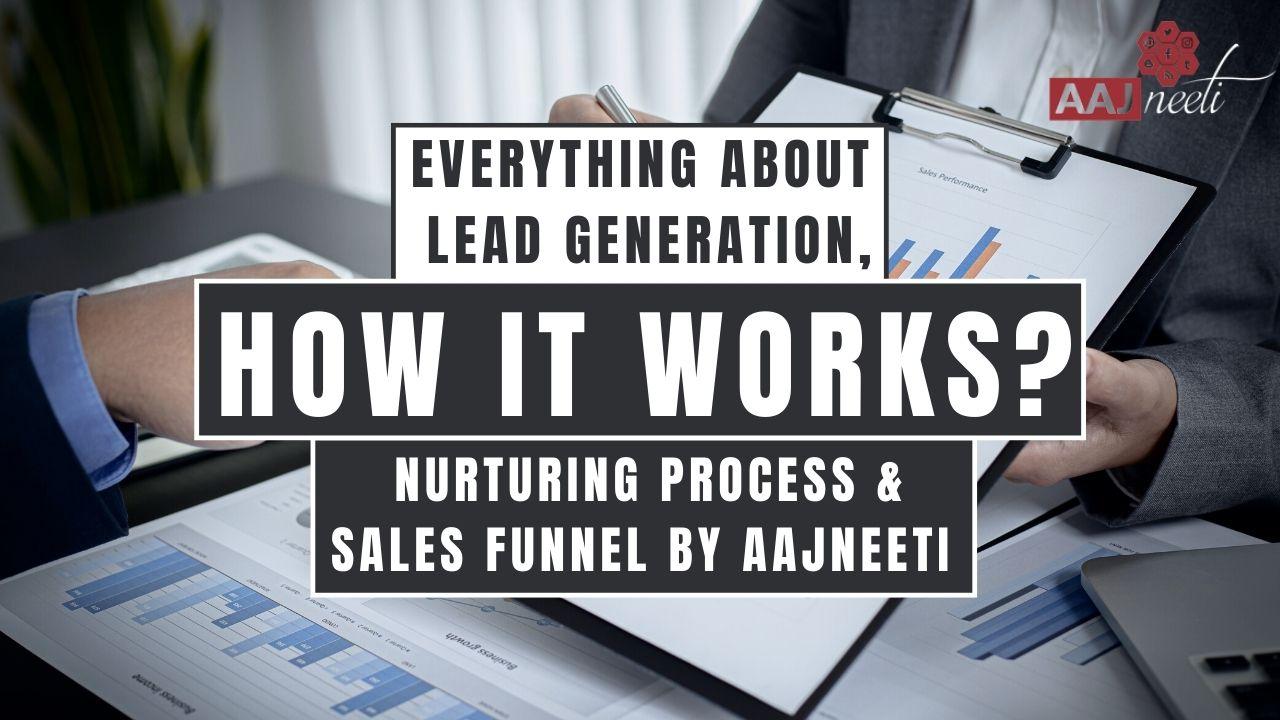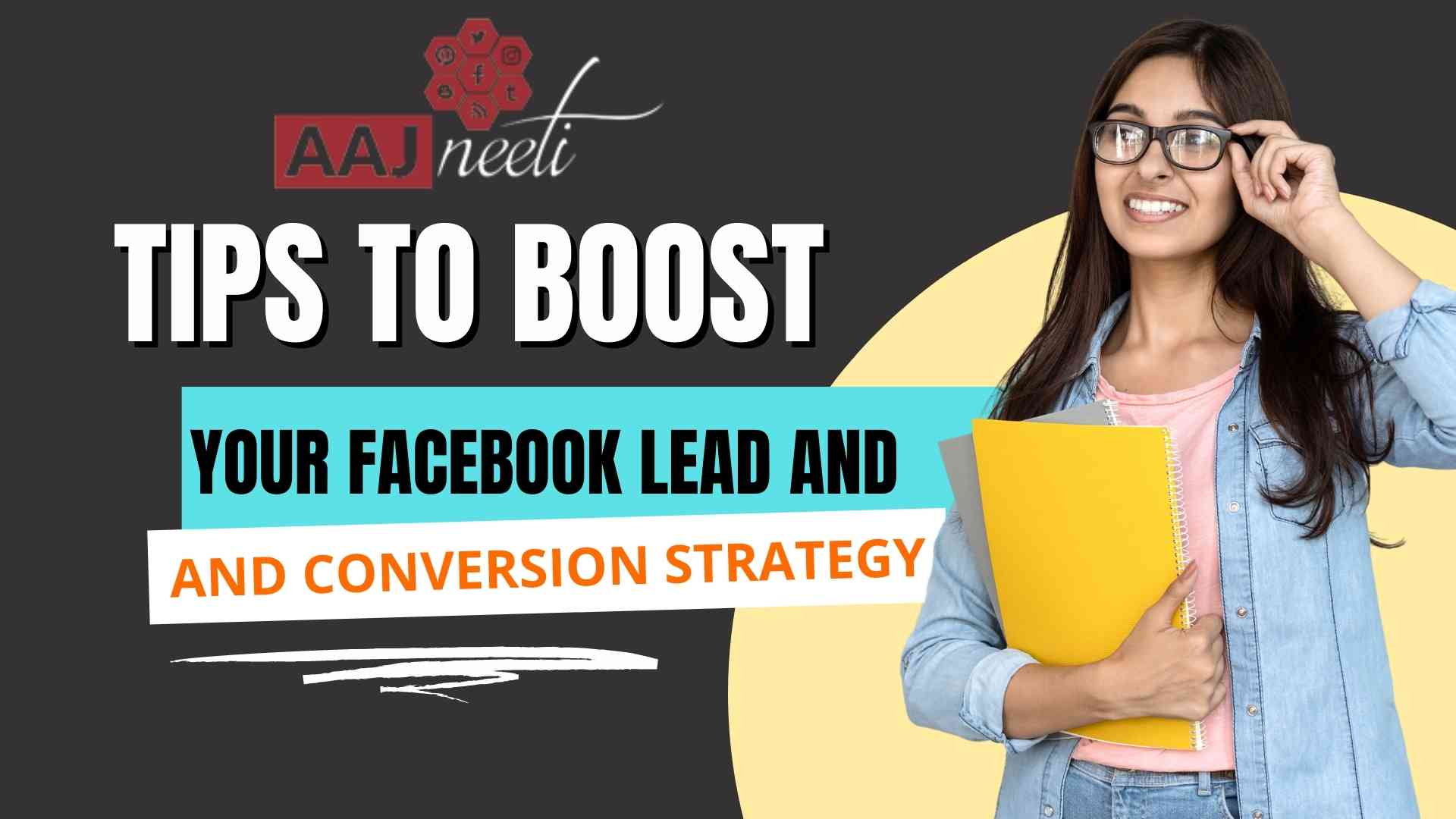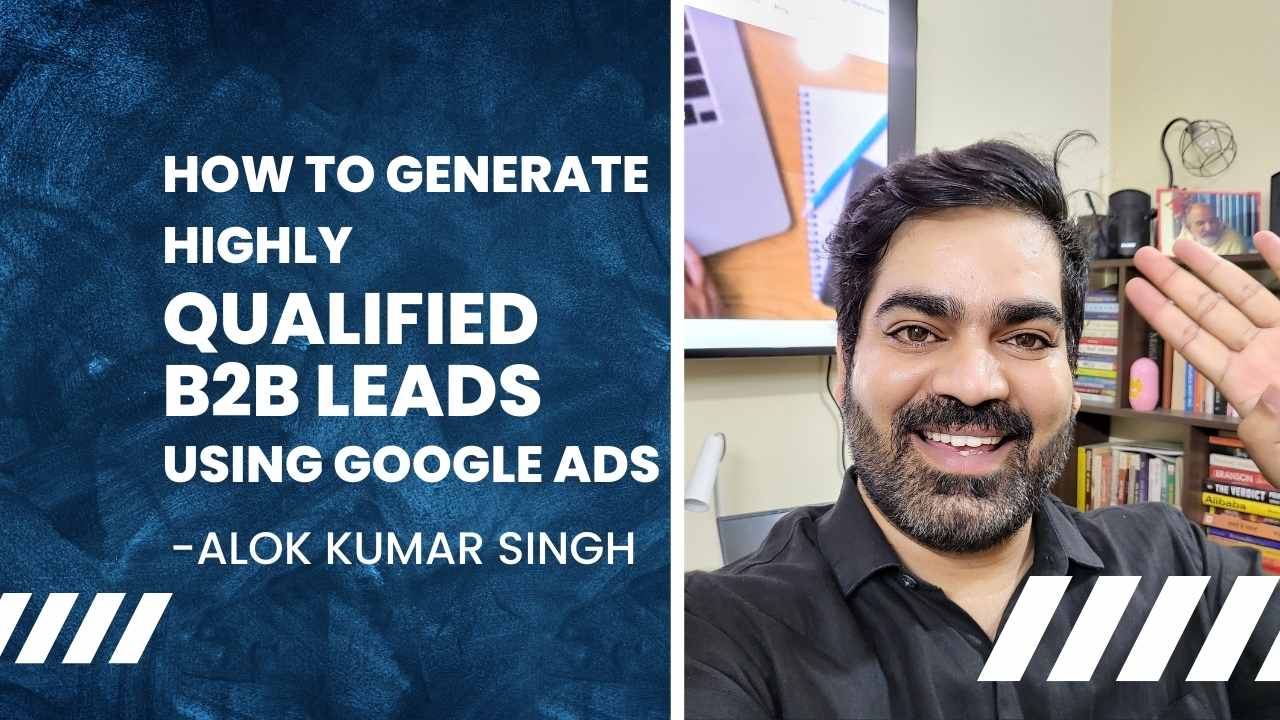Before we get into setting up bidding strategies, let’s get to understand the concept of bidding first.
What is Bidding?
Your general acquaintance with the term bidding might be in the “Auction” sense where bids on products and services are placed by a crowd of people.”1…2….3…. Wham! Sold! “ might ring some bells. But in the discourse of Digital Marketing, this term takes a little departure from the dominant meaning although the basic principles of it remain the same. In Digital Marketing, bidding is determined by the number of clicks on an advertisement i.e. the more the clicks the more the advertiser would be willing to pay for each click.
How does bidding take place?
Underlying principle that bidding is used to determine the cost or value of something is the intrinsic goal. Here bids are placed on keywords instead of ads or ad space. How well a keyword might perform depends on whether their ads pop up when users search things related to the keywords and that keyword is present in your search query and more than one advertiser has bid on it, an auction occurs. With this Google determines which ads will show in the Search engine results page (SERP), where it will show, and how much an advertiser should pay for PPC(pay-per-click). The entire process takes place automatically which goes on to how we have departed from the conventional modes of bidding and have moved towards a more tech-savvy process.
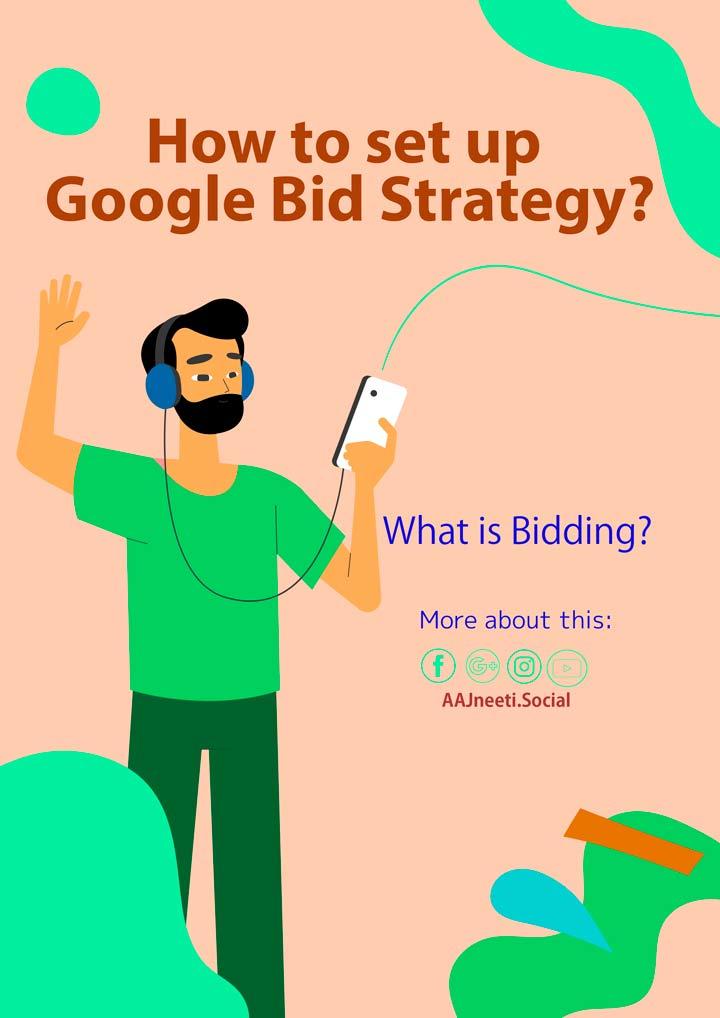
How does GoogleAdwords work?
Before we step into what’s the best google ads bidding strategies ? or what are the types of bidding strategies? Let’s acquaint ourselves with few terms such as “Ad Rank”, “Quality Score”, “CPC Bid” which are crucial to understanding how Google Ads(formerly known as Adwords) work?
- Maximum CPC Bid: Maximum CPC bid is the maximum amount an advertiser is willing to pay for each click when an ad appears in SERP when a particular keyword is searched for. It can also be assigned to a bunch of keywords.
- Quality Score: This is a metric used by Google which works on two principles ie the quality and relevance of an ad being shown concerning keyword searches. Click-Through Rate (CTR) measures quality and ability to land pages determine Relevance.
Ad Rank: In simple words Ad Rank = Max CPC Bid X Quality Score. To determine which advertiser goes where Google multiplies the bids by the Quality Scores.
An important step in this automatic auction process is the determination of the advertiser’s CPC. For that, we have to Divide the Ad Rank with the Quality Score of the Advertiser below and then add one cent (0.01 $) and we have our CPC. From the above equation, it could be inferred that the best way to reduce your CPC would be to enhance your Quality Score. (CPC is a dynamic phenomenon which varies from one business to another.)

How to choose the best bidding strategies in Google Adwords?
Now that you are familiar with the basic terms associated with Google Ads Bidding Strategies. Let’s move on to the various bidding strategies provided by Google Ads.
First and foremost set up your Google Ads account. Step 1: Create a Google Ads Account.
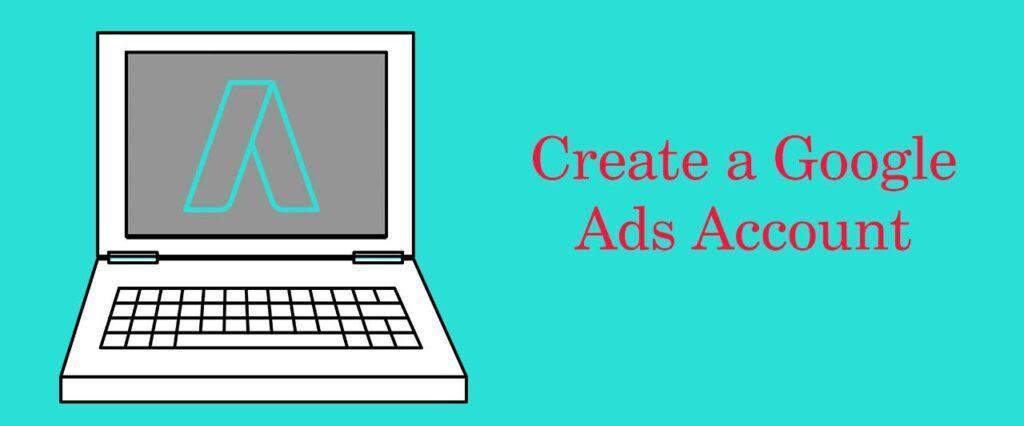
If you have one already, skip to step 2.
Step 2: Click on “ Switch to Expert Mode “

Once you have created a Google Ads account Google will ask you about “your main advertising goal ?” Just click on “Switch to Expert Mode
“Step 3: Click on “Create an account without campaign” in the next page

Step 4: Click on “Submit” on the next page

Step 5: Click on “Explore your Campaign“on the next page
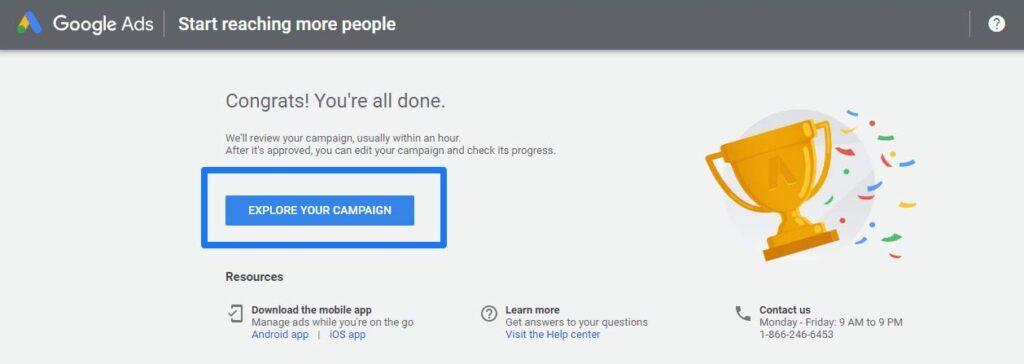
Step 6: Click on “Tools and Settings” on the next page then click to “ bid strategies” in the “Shared Library” Column.
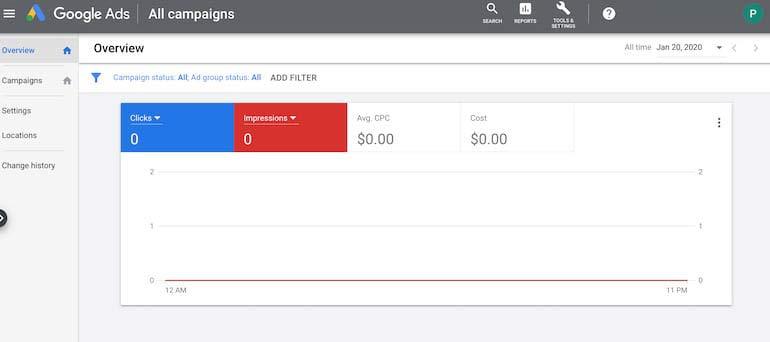
When you click on “Portfolio Bid Strategy” Google Ads will give you various Bidding strategies let’s discuss each of them in detail and evaluate its pros and cons to see for yourself which bidding strategies fit your need.

Types of Bid Strategies
- Target CPA
- Target ROAS
- Maximize Conversions
- Target Impression Share.
- Maximize Clicks
- Enhanced CPC
- Manual CPC Bidding
- Target Search Page Location
- Cost per Thousand Viewable Impressions
- Manual CPC Bidding
Target CPA(Cost Per Acquisition): Cost per acquisition in simple words is the amount of money you can spend in acquiring a new customer. Target CPA in Google ads mainly
aims towards conversion optimization. If you are unfamiliar with the term “conversion”, it refers to when a user visits your website and completes the desired goal. That goal can be the conversion of your website into a lead or a customer. In other words, a passive visitor is converted into an active visitor. So if your aim is conversion optimization then Target CPA is the most suitable bidding strategy for your campaign. With this method after entering your Target CPA, Google Ads will set your bids automatically on campaigns according to your target CPA. Cost of conversion may vary from campaign to campaign but it should be economically feasible and well within your Cost Per Acquisition.
Example: If you sell your product or service at 1000 Rs. then your CPA should be lower than 1000 Rs. otherwise, it would hamper your profit margins.
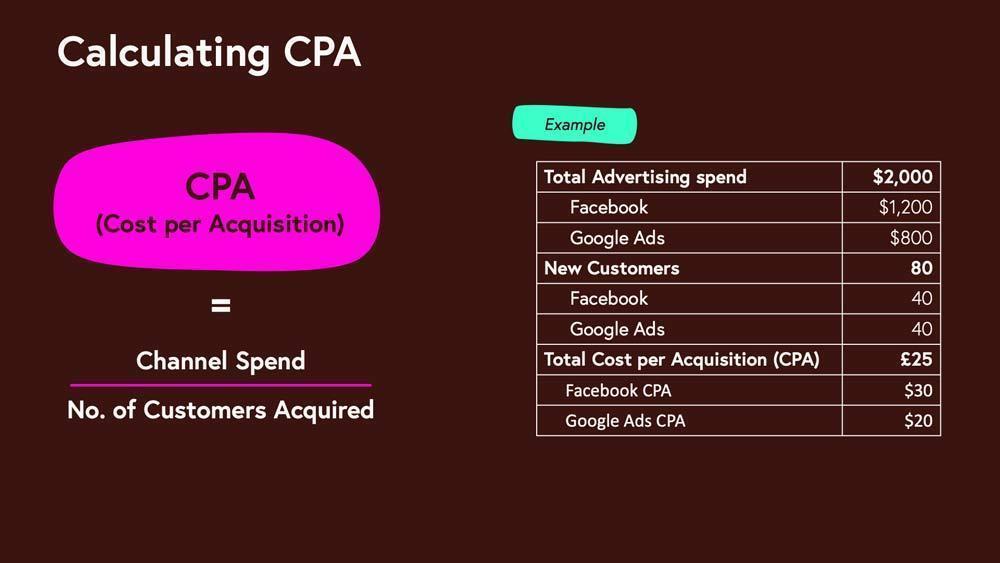
You can also set maximum and minimum bid limits so that Google can set your bids in these ranges.
Disadvantages of Target CPA: In addition to having conversion tracking enabled and without that it will render it useless, Google needs to have some amount of conversion data so that we can make optimal decisions. With the lack of conversion data, Google Ads algorithms cannot make optimal decisions and we’ll never know if it is driving conversions or not. You should have at least 30 conversions ideally in the past 30 days before testing Target CPA bidding in Google Ads.
Things to keep in mind when using Target CPA,:
- Initially, it is important to set realistic goals. For ex – Lastly, when getting started with Target CPA, it’s important to set realistic initial goals. If your campaign has had an average CPA of ₹150 over the past six months, it’s not in your best interest to set a Target CPA of ₹100, as it will limit Google ads in the auctions it can enter in and learn.
- Consider your first month of using Target CPA Bidding as a learning phase. Set higher CPA initially than what’s suggested or what you were planning slowly and gradually bring your CPA down for effective use.
Target ROAS (Return on Ad Spend): Target ROAS is a bidding strategy similar to Target CPA, the only difference in ROAS( Return on Ad Spend) instead of CPA. In this bidding strategy, Google Ads will set your bids to get maximum conversion value keeping the return you want from your ad spend as a basis. There is a simple mathematical formula to calculate Target ROAS given below.
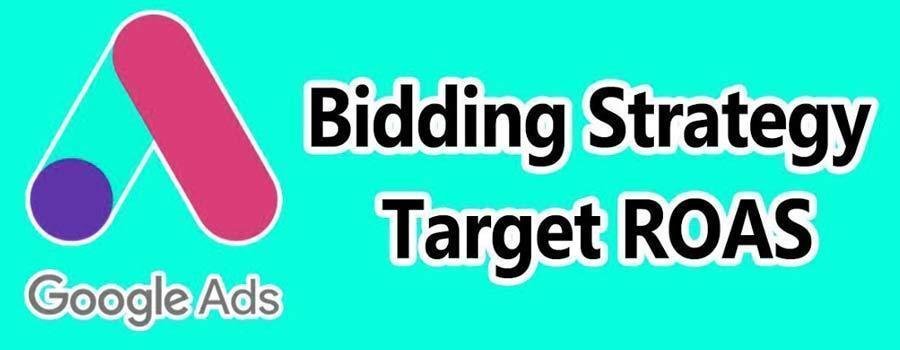
With this bidding strategy, Google Ads will forecast future conversion value performance based on your previous data to enter in auctions. To achieve the Target ROAS Google ads will adjust bids in real-time to achieve maximum conversion value.
You can also set maximum and minimum bid limits so that Google can set your bids in these ranges.
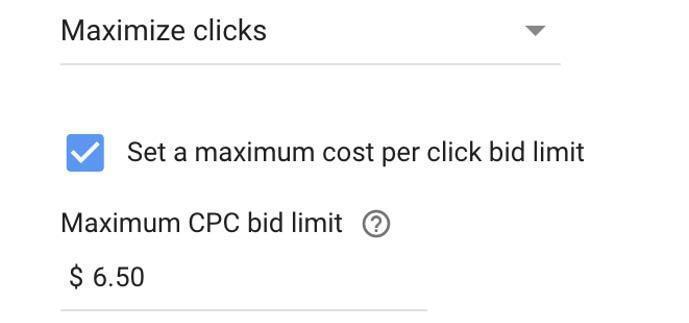
Disadvantages of Target ROAS: Since Target ROAS and Target CPA bidding strategies are similar with only a few minor differences their disadvantages are also similar. Accurate Conversion tracking, enough conversion data and conversion performance for Google Ads algorithms to make optimal decisions.
Things to keep in mind when using Target ROAS:
- Set realistic goals, do not set your Target ROAS at a restrictively high level right initially.
- Set higher ROAS initially than what is suggested or what you were planning slowly and gradually bring your ROAS down for effective use.
Maximize Conversions: In this Bidding Strategy you have to set your maximum daily budget and Google Ads will automatically run your bidding to get maximum conversions using the budget specified. There are no individual keyword bids set by advertisers that Google takes into consideration. It chooses a CPC bid based on the goal outcome of the bidding strategy. It is one of the simple, hassle-free bidding strategies available. When setting up this bid strategy you don’t have to enter any details.

Things to keep in mind when using Maximize Conversions :
- While using this bidding strategy make sure that you have set up an economically feasible budget because chances are that Google Ads will spend your entire budget for the day through automated bidding.
- Make sure to keep a check on ROI (Return on Investment ) if this bidding strategy leads to profitable sales.
Disadvantages of Maximize Conversions: Keeping in mind the profitability, this is a risky bid strategy because regardless of conversion performance Google ads will spend your entire budget. So if profitability is your main aim this strategy might not be the best available instead it’s recommended to use Target CPA or Target ROAS. Without conversion tracking, Google Ads algorithm will only produce suboptimal results.
Maximize Conversions is what Google calls a fully automated bidding strategy. This means there are no individual keyword bids set by advertisers that Google factors in. It simply chooses a CPC bid based on the goal outcome of the bidding strategy.
Target Impression Share: Target Impression Share is a fairly new bidding strategy added by Google Ads in late 2018. In this bidding, strategy advertisers can set a goal for impression share percentage similar to that of Target CPA. This strategy primarily focuses on brand reach and awareness. When you open this bidding strategy you will see the following options.

There are three placement options you have to bid for with Target Impression Share:
“Absolute Top of Page”, “Top of Page”, “Anywhere on the Page”. According to your preference and budget, you can select either of the placement options and Google Ads Algorithms will adjust your bids accordingly. If you select to showcase your ads at the top of the page, you will pay more. In addition to that, you can set Max CPC bid with Target Impression Share bidding to prevent going overboard with your budget. An ideal strategy would be to not set it too low.
If you are looking to dominate impressions for specific keyword searches, you can ensure your ads show up 100% of the time on SERP (Search Engine Results Page) by selecting 100% as your target impression share.
Disadvantages of Target Impression Share: Although this bid strategy has the potential to increase your bids it’s important to be careful as it might do so at the cost of your profitability. Further, these costs can add up quickly if you are selecting 100% of your targets.
Things to keep in mind when using Target Impression share :
- Always set a max CPC bid to make sure you don’t pay a high amount for an individual click. Don’t worry about setting Max CPC bid too low in the beginning although Google Ads warns you against it. Try setting it at a percentage increase over your current bid of 20%-50%. If that works well, then leave that cap. If you’re not seeing the desired results, increase the max CPC.
- Don’t be disheartened if you don’t see 100% coverage, hardly any auctions do that 100% coverage. Even if it settles near 95%, it’s a good enough number.
- Make sure to constantly compare your CPC bids with the performance outcomes to ensure you are getting cost-effective results and if not you should consider discontinuing this strategy.
- It’s better to set your maximum limit and set your daily budget for this type of bidding strategy. Reserve to select showcase ads at the top of the page for cheap keywords to achieve your brand awareness goals.
Maximize Clicks: This Bidding Strategy works very much similar to how Maximize Conversions works but instead it focuses on clicks. With Maximize Clicks strategy, Google Ads Algorithm will work to get a maximum number of clicks but within your daily budget. Advertisers can also set the Maximum CPC bid limit. This strategy works best if your primary aim is to drive more volume to your site for brand awareness and list building. If you have strong conversion performance and want to find more volume then this bidding strategy is suitable.

Disadvantages of Maximize Clicks: Regularly check in on the CPC performance outcomes this bid strategy is generating and any other goal metrics that you have in place to ensure it’s still meeting your desired goals. If not, then adjust your settings or look for a new bidding strategy as this might not be the best available option.
Things to keep in mind when using Maximize Clicks :
- While using this bidding strategy make sure that you have set up an economically feasible budget because chances are that Google Ads will spend your entire budget for the day through automated bidding.
- Make sure to keep a check on ROI (Return on Investment ) if this bidding strategy leads to profitable sales
- Always set a max CPC and keep an eye on your average max CPC, as well.
Enhanced Cost Per Click (ECPC): Enhanced CPC bidding strategy is very similar to manual bidding strategy difference being it allows Google Ads to make adjustments to the manually set keyword bid i.e. it has the right to increase or decrease your bid amount to enhance your sales. Earlier there was a cap of 30% adjustment but that was removed by Google and now this adjustment can take place at any level. Bids will take place at your Max CPC setting. Through this bidding strategy, you can have an increased Click-Through-Rate(CTR) and Conversion Rate (CVR).
You can enable Enhanced CPC by simply checking the box below the manual bidding setting or choosing Enhanced CPC from the bidding type dropdown.

Disadvantages of Enhanced CPC: Since there is no cap on the keyword bids in Enhanced CPC it might lead to a much higher CPC than anticipated that is more than the budget you specified. So “conversion” might happen with this bid strategy but at the expense of your profitability.
Things to keep in mind when using Enhanced CPC: Test Enhanced CPC as the first step into the automatic bidding strategy beyond manual bidding strategy if your account is performing well. Keep a check on CTR and CVR to see if the bidding strategy is functioning as expected but also track CPC and CPA to ensure the results are still profitable.
Target Outranking Share: Target Outranking Share bidding strategy is perfect for outranking your Competitors Google Ads. Google Ads will work to make your ad rank higher than your primary competitor’s domain. When both your and your competitor’s ad is displaying, Google will increase your bids to outrank their ads.

The first step, select your competitor’s domain name (that you want to outrank)
Second, select the Target to Outrank i.e percentage of times you want to bid to rank on top of them. For example, setting it at 70% would mean that you want to outrank them 7 out of 10 auctions.
Third, Set the Maximum Bid Limit
Disadvantages of Target Outranking Share: This strategy may or may not see a rise in overall ad rank, as its primary goal is focused on one outranking other domain and not all domains in the auction.
Things to keep in mind when using Target Outranking Share: You must steer clear from indulging in any sort of bidding war with your competitor’s brand as this might lead to extremely high CPC and in this entire scenario only Google will benefit as it will generate more revenue per click.
Target Search Page Location: Target Search Page Location bidding is the strategy of letting Google automatically adjust your bids to always show your ads either on the first page results or at the top of the first page of Google (1-4). Although this method does not guarantee placement with good enough quality scores you can aim for this bid strategy.

Disadvantages of Target Search Page Location: This strategy particularly does not focus on profitability or performance it’s sole aim is to gain ad impressions in the results page. Advertisers with profitability as their aim might choose a different bid strategy.
Cost per Thousand Viewable Impressions (vCPM): This is a bidding strategy which solely focuses on impressions. It is designed to bid for impressions when the ad is shown in viewable space. As per Google only when 50% of your ad shows on screen for more than a second longer for display ads and two seconds or longer for video ads it is counted as viewable. This strategy works best to expand your brand coverage and to reach as many audiences as possible.
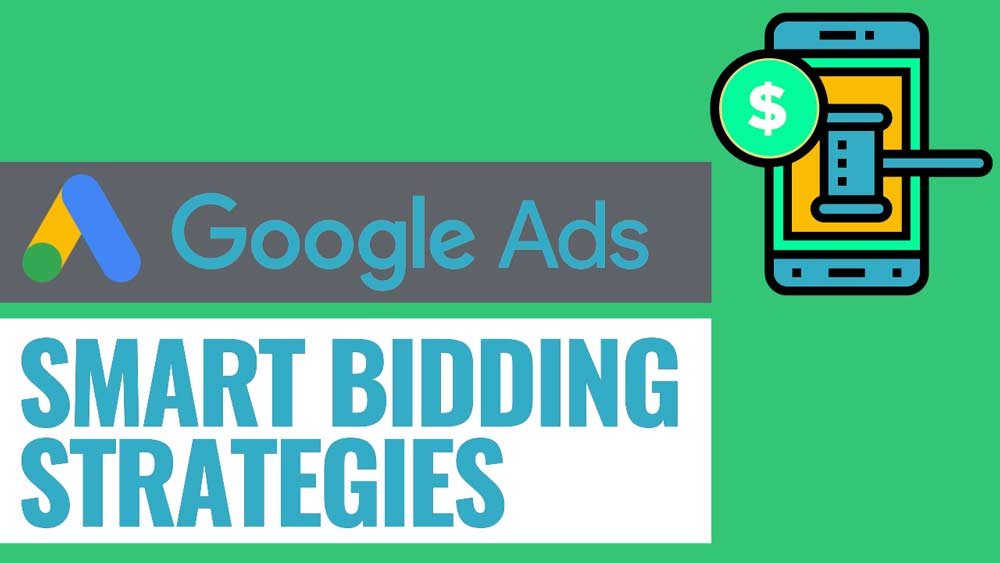
Manual CPC Bidding: Above mentioned was all automated bidding strategies, Now let’s look at manual CPC bidding. In this bidding strategy, advertisers manually set the bids for keywords unlike other automated bidding strategies and those bids remain the same until unless an advertiser changes them. It’s easier to use for people who are just starting and trying to grasp how to bid strategies work. In Manual CPC you set bids for different ad groups or placements manually. If specific campaigns are more profitable than others, you can quickly adjust budgets to add money or remove from other campaigns.
Disadvantages of Manual CPC Bidding: Although it gives you manual control over your bids, on the downside you have to spend more time to monitor the bids and cost and adjust it manually and therefore this method might not be the most time-efficient method available. Secondly, Manual CPC bidding might be under-informed because we can only look at metrics that google allows us to see whereas in automated bid strategies Google can take data points into account that we don’t even know exist.
Conclusion :
It’s important to remain competitive With your bids nevertheless it’s crucial to ensure economic feasibility and know your budgetary restrictions. Try not to go overboard with your budget but at the same time setting your CPC at a lower level might not be fruitful for advertisers. There are various online tools at your disposal to see what your competitors are bidding on different keywords you can use as your basis to try and remain competitive.
There is no doubt that automated based strategies provided by Google ads are the best way to save time and optimize your account but you must choose A bidding strategy that fits your needs as there is never one size fits all solutions. Constant monitoring is also an important aspect of a bidding strategy to ensure that your goals are being achieved.
There is always an option to outsource these activities to a third party or a professional as it can get tough to understand the complex algorithms that go into play.


